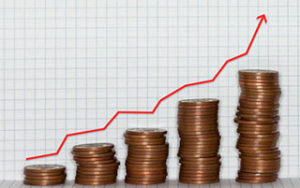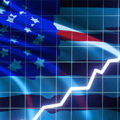Consumer spending in the US is up, and even surpassed estimates during the month of June. This economic activity that underpins 70% of the US economy, is now clearly showing a rising trend. So much so that it is affecting savings negatively, yet it has failed to bring inflation to the Fed’s 2% target. This raises questions about the likelihood of a rate hike, especially since despite all this higher than expected economic activity, US GDP growth has been disappointing so far this year, and has stayed below expected levels.
This raises questions about the Fed’s continued reluctance to raise rates and normalize monetary policy. It seems that the emergency monetary measures that it rolled out about 8 years ago, have effectively become the new normal. Walking back from cheap money will be even harder than everyone thought, but the Fed has also put itself in a position in which it is stuck with little room to maneuver.
This has led to a lot of speculation in the markets and many statements that have contributed to market volatility. Nevertheless, the key question moving forward is, how strict will the Fed be with that elusive 2% inflation goal? Inflation is currently at 1.6%. For many, even for the so called ‘hawks’ within the Fed, the current inflation levels are close enough to the goal to raise interest rates. Will inflation figures of 1.8% or 1.9% be enough to make the Fed budge? It seems unlikely.
Perhaps that 2% goal is what needs to be revised. The consumption figures show a dangerous trend of consumers spending above their means. That is part of what got the economy in trouble the last time around, and if consumers make the assumption that cheap money is here to stay, it can affect their decision making process down the line in a harmful manner.
The time to raise rates and start normalizing monetary policy is now. Inflation is high enough and consumers are already going into an over-spending spiral. Hopefully the Fed will come to its senses and raise by 25 basis points come September, in order to get at least one rate hike in 2016.





